How do you go about selling a brand of clothes in China? It’s not as simple as slapping a label on some products and shipping them east.
- “Dress in the buzz – Western styles, China stories.”
Partner with popular Red influencers to showcase your fashion items, leveraging their reach and influence to attract a broader audience. - “Challenge accepted – Set trends, win hearts.”
Initiate fashion challenges that invite users to participate, creating a viral wave that puts your brand in the spotlight. - “From sketch to street – Witness fashion in the making.”
Share behind-the-scenes content that highlights the journey of your fashion pieces from initial designs to final products, offering transparency and engaging storytelling. - “Strut your style – Show us how you wear it.”
Encourage customers to post their own content wearing your fashion items, fostering a community of brand ambassadors and generating authentic engagement. - “Flash sales frenzy – Blink, and you’ll miss it.”
Organize time-sensitive flash sales exclusively on Douyin, creating urgency and incentivizing immediate purchases. - “Fashion face-offs – May the best style win.”
Host fashion contests where users can submit their best outfits featuring your products, with winners receiving prizes or recognition, thus encouraging active participation and brand loyalty. - “Sneak peeks and secrets – Be the first to know.”
Offer exclusive previews of upcoming collections or behind-the-scenes looks at fashion shows, making your Douyin followers feel like insiders. - “Mix, match, and master – Your guide to the perfect outfit.”
Provide styling tips and how-to guides for mixing and matching your fashion items, positioning your brand as a go-to resource for fashion advice.
Need a cost effective TP (Tmall Partner) to sell in China?
We are an Official Tmall Partner e-commerce Agency. Our Services: E-Commerce, Search Engine Optimization, Advertising, Weibo, WeChat, WeChat Store & PR.
If you want to make the most of this burgeoning market, there are a few things you need to take into account. In this post, we’ll take a look at some of the factors you need to bear in mind when marketing fashion brands and selling clothes in China.
How to sell Clothes in China in 2024?
China is an interesting market to sell a clothing brand but it’s also very competitive and full of challenges and traps.
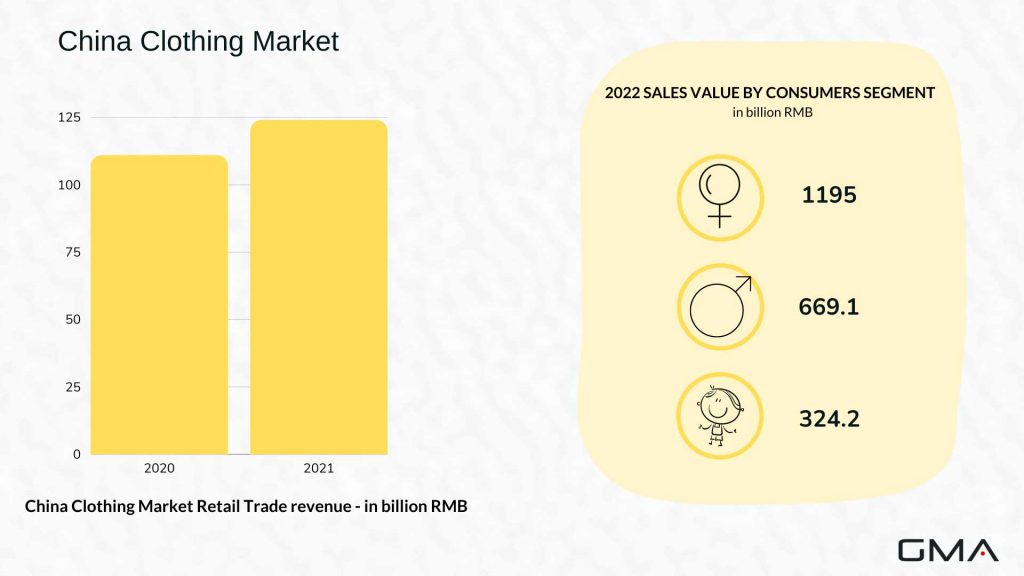
It is important to understand that the Chinese market changes quickly, not only because the Chinese are becoming more sophisticated, but also because it’s part of the culture. Regulations, Trends, selling, and communication channels evolve constantly and you better be ready for it.
Listen to your target audience: Research the Market
You need to understand your target audience, its need, its means of communication, where it gets its information from, and so on. Market research is the way to go. Getting all your information right before getting started, we help you create a localized marketing strategy that will fit right and save you both time and financial resources as well as avoid faux pas.
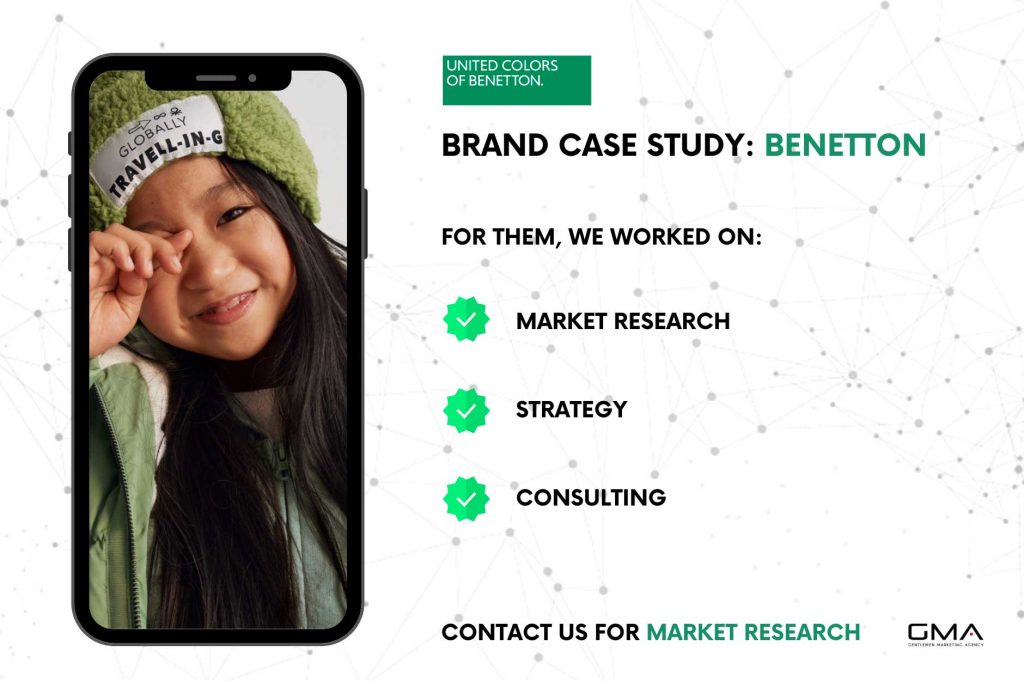
The second step is market monitoring. We have mentioned above, the Chinese market is dynamic and in constant evolution. Your brand has to spot trends before it’s set or it will be too late to catch the train and miss an opportunity.
Online Channels are Getting a hold of the Chinese Apparels Market
China is becoming more and more digitized than other countries. In fact, when you live in China, you rarely used cash or cards, Mobile phone is the substitute for your card and shopping online has become the mainstream.

Chinese consumers are accustomed to buying products online and they prefer to purchase items from domestic eCommerce platforms. Foreign brands that want to sell in China need to be on the major Chinese e-commerce platforms in order to reach these consumers.
Furthermore, the leading Chinese e-commerce platforms have built massive user bases and offer a variety of services that help brands sell their products more effectively.
Sell Clothes in China with eCommerce
- Choose your Chinese eCommerce platform
- go through the registration process
- design your online store
- work on acquisition and conversion rate
We have made the choice to only discuss Tmall today as it’s the number one Chinese marketplace for fashion brands. However, we understand, that Tmall is not the most adequate for every brand that reads us, thus we invite you to head over our Chinese e-commerce platforms guide. In this guide, we introduce you to the best Chinese marketplace and its unique characteristics.
Douyin The new Super app in China for ECommerce 2024

Douyin, being a leading ROI platform in China for both entertainment and e-commerce, offers unique opportunities for fashion businesses
- “Douyin Live Magic Unleashed – Where every sale is a show.”
Dive into the world of live streaming to present your products with flair, offering live demos, exclusive offers, and direct interaction that bridges the gap between you and your audience, turning views into value and clicks into customers. - “Curate to Captivate – Tailor-made for every screen.”
Deploy Tiktok cutting-edge AI to craft personalized journeys for your followers, making every scroll through their feed a path that leads straight to your products. Customization is the key to unlocking hearts and wallets alike. - “Epic in a Snap – Make every second sell.”
Master the art of micro-storytelling with short, punchy videos that showcase the essence of your brand. Make your products the heroes of stories that are too good not to share, fitting perfectly into Tiktok dynamic rhythm. - “Trendsetting Tags – Your brand, trending now.”
Create or catch onto trending hashtags to boost your brand’s visibility. It’s like setting up a lighthouse in the vast ocean of content, guiding users straight to your shores. - “Click, Love, Buy – Shopping at the speed of scroll.”
Seamlessly integrate a shopping experience that feels as natural as scrolling through Douyin. With every tap bringing them closer to purchase, make your customers’ journey from discovery to ownership as smooth as their favorite filter. - “Community Couture – Weaving connections into conversions.”
Turn your audience into a vibrant community by actively engaging with them. Through comments, challenges, and shared stories, build a space where loyalty grows and every member feels valued, turning followers into fans. - “Data-Driven Dynamism – Navigate with insight.”
Harness the power of Douyin’s analytics to steer your strategy with precision. By understanding the winds of engagement and sales, adjust your sails in real-time, ensuring your brand always moves at the speed of success.
How International fashion brands can Sell clothes on Tmall Global?
Tmall makes up over 50% of the market shares in China and is frequently talked about among foreign online retailers.
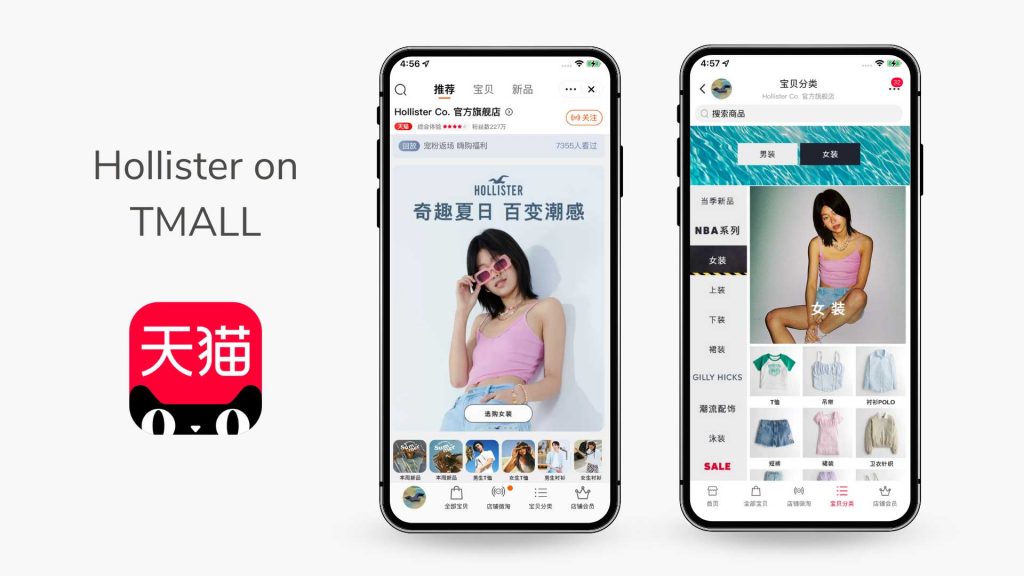
The important thing to keep in mind about both Tmall is that you don’t need to have a local company in China to start selling your products, thanks to its cross-border option.
If you plan to sell on Tmall Global (or Tmall), you need to understand how to set up a store and the costs involved, you need to fulfill different requirements depending on which store type you choose.
Types of stores you can choose and the requirements:
- You’re the owner of the brand or have been granted permission from the brand owner to sell his or her clothes on Tmall Global
- Your store sells and represents a single brand
- Your store sells and represents several brands (need separate approval from Tmall)
- Your store sells and represents a multi-brand marketplace (need separate approval from Tmall)
Businesses should be registered outside of China with trademarks in China. The company must be qualified for retail overseas and have good operating conditions. They must also be able to certify that their stock is located outside of China.
A Chinese Website: more about credibility than sales
The thing to keep in mind when launching your Chinese website is that it is not a sales channel. Occasionally you’ll get sales but the main function of this website will be to enable Baidu SEO and SEM and to make you look credible to any potential customers looking out for information about your brand.
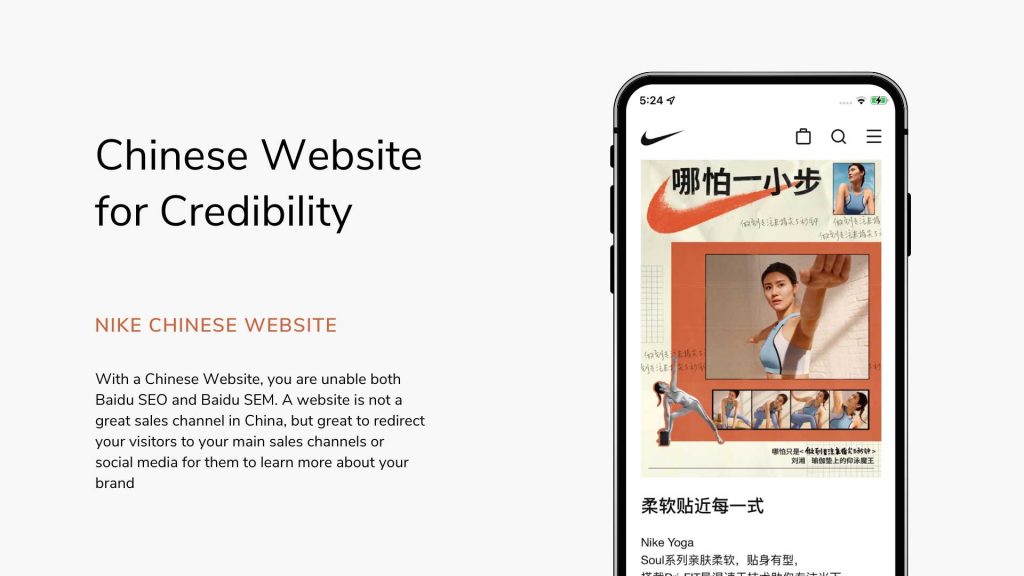
Your Chinese Website will be the first portal where your Chinese customers can find you. Use it for storytelling and redirect your visitors to the online stores and social media. See your website as a branding and acquisition tool.
To sell clothes in china you have to Establish a Reputation Online & Offline
A positive reputation is important for any business, but it is especially for the ones that want to sell clothes in China. The reason for this is that the Chinese market is incredibly competitive and crowded. There are thousands of brands all vying for the attention of Chinese consumers, so standing out from the rest is crucial.
Having a good reputation will help a fashion brand to stand out from the competition and be seen as a trusted and reliable label. Furthermore, a positive reputation will also help to build customer loyalty, which is essential in such a competitive market.
Use Baidu SEO/SEM to get your clothing brand visibility in China
While Google is the dominant search engine in most countries, it never had a very strong position, only 2.3% of all searches in China happen on the Western search giant. This may be due in part to it being blocked by the Great Firewall in China. Your alternative is Baidu. China’s top search engine by large.
To be truly successful with Baidu SEO, you’ll need a deep understanding of how to optimize for the search giant. However, optimizing for Baidu using the same approach used for Google is unlikely to find your site ranking near the top of page 1. Baidu SEO comes with its own unique and challenging environment, cultural differences, user behavior, censorship, and technical considerations.
The goal of on-page optimization is to make it easier for search engines to understand what each page on the site is about, which will help rank the page for relevant content.
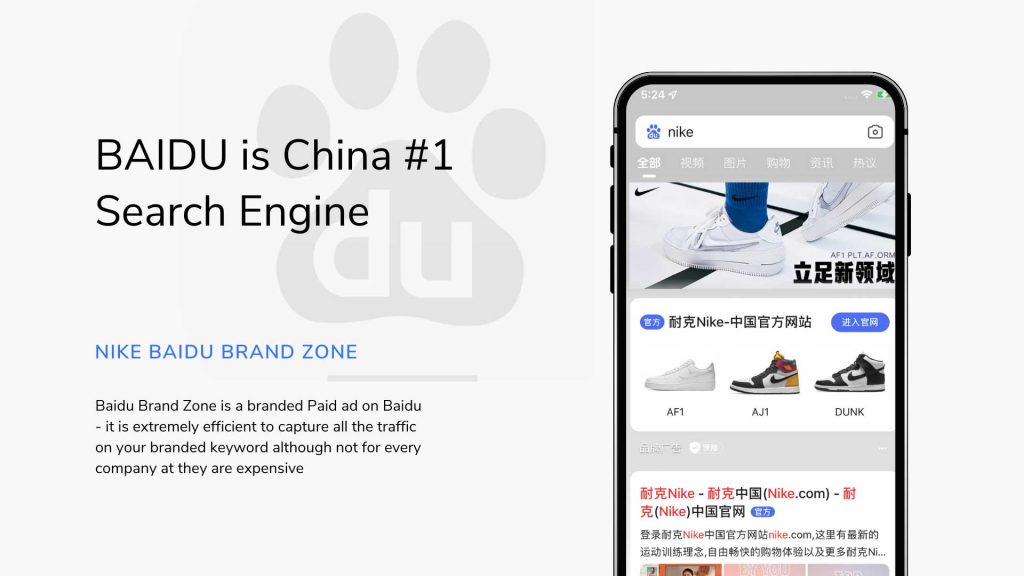
To get the best SEO results on Baidu, you’ll have to host your website within Mainland China (or Hong Kong/ Macau). There are two primary reasons for this approach. The first is that hosting in Mainland China is a strong signal that the site is targeting the local Chinese market. The second is due to the Great Firewall, in fact, many sites outside of Mainland China, load much more slowly than domestic sites, and may not always be reachable.
Unfortunately, because of the multiple local laws, hosting a website in China is much more complicated than in other countries but agencies like ours are here to help
Promote your brand on Chinese Social media
Remember there is no Facebook, No Twitter, No YouTube in China. International brands have to understand that Chinese Social networks are completely different from those of many Western markets.
Brands must be fully invested in their social media marketing strategies and focus on engagement. Otherwise, They’ll lose out on real customers, which means serious effects on their bottom line.
Some common social media goals to consider:
- Increase brand awareness: In order to create authentic brand awareness, avoid a slew of promotional messages, and focus on meaningful content and a strong brand personality through your social channels.
- Higher quality of sales: Digging through your social channels is nearly impossible without monitoring or listening to specific keywords, phrases, or hashtags. Through more efficient social media targeting, you reach your core audience much faster.
- Improve your ROI: There’s not a brand on social media that doesn’t want to increase its return on investment. It’s important to perform a thorough audit of your channels and ensure the cost of labor, advertisements, and design stay on track.
- Create a loyal fan base: Does your brand promote user-generated content? Getting to this point takes time and effort with creating a positive brand persona on social.
With the development of big data systems, social media platforms promote their paid ads to help you target clients.
Through social media, the main goal is to attract and convert potential customers, however, each social media has its “specialty” when it comes to marketing. For instance, you build awareness on Weibo and you build loyalty on Wechat.
Weibo: build a massive Chinese fashion lover follower base
If you’re looking to build a large following for your brand on social media, Weibo is a great platform to consider. With over 500 million monthly active users, it’s one of the largest social networks in China and gives you access to a huge and varied potential audience.
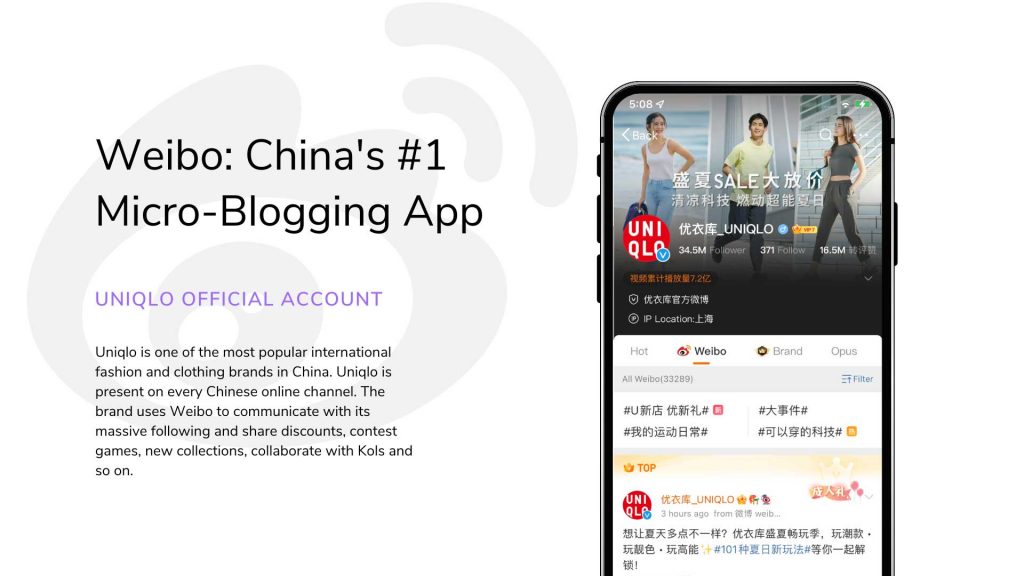
Because Weibo is an open social media, anyone can access any content posted on the app and popular content is featured on the app’s home page and recommended to users.
Commercial content is also widely accepted on Weibo and brands are expected to use the app to promote any events, sales discounts, new collections, and so on. You’ll be able to do so thanks to the many organic and paid marketing tools that the app has to offer to branded accounts and marketers.
WeChat: Build a Loyal Customers Base Through Nurturing
If Weibo is great to build brand awareness, Wechat is a great channel to nurture your target audience. Here are a few reasons why:
First, it allows you to connect with your audience on a more personal level. You can set up Wechat groups and send out messages directly to your target audience, building relationships and staying top of mind.
Additionally, the WeChat platform provides valuable insights into who your target audience is, what they’re interested in, and how they interact with your brand. This data can be used to further customize and improve your marketing efforts.
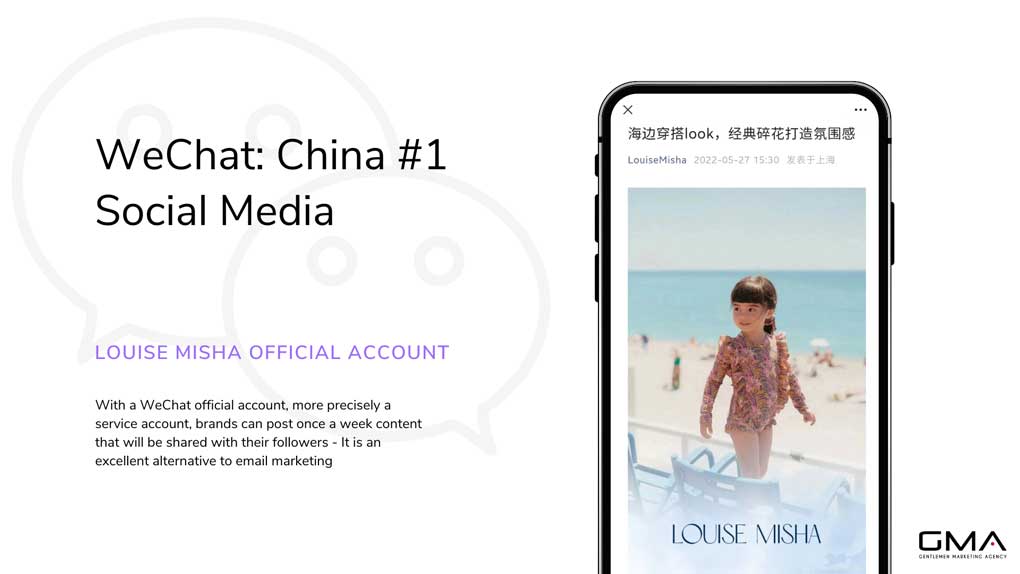
Finally, WeChat also offers a number of powerful tools and features that you can use to engage and grow your target audiences, such as push notifications, moments ads, and official accounts. With so much potential at your fingertips
NB: There are many Chinese Social Media we have not mentioned here. The topic is complex and vast. If you want to learn more, check out our social media guide in china. We introduce you to the most popular Chinese social media, their main functions and features as well as what type of marketing campaign and companies they are more adapted to.
Market with Key Opinion Leaders (KOLs)
The power to influence consumer purchasing habits has been shifting from traditional public media to individual brand ambassadors. These ambassadors are defined as key opinion leaders (KOLs) or influencers. They have a huge influence on Chinese purchase demands and can be recruited on behalf of a brand for promotional purposes.

72% of brands in China indicated that they would continue to focus on social media marketing, while 63% revealed that they would enhance their collaboration with influencers in terms of product or brand promotion because they believe in the ROI from influencer marketing.
Weibo developed a KOL-specific marketing platform: Weirenwu (微任务). Brands can access Weirenwu to look for relevant KOLs to post their content. You can choose different KOLs according to your target, budget, and strategy.
Other Facts to Have in Mind when Exporting a clothing brand to China
Chinese consumers are very easy to serve in terms of needs. They get very excited about foreign brands because of the large selection of designer labels plus new and famous brands.
The younger generation of Chinese is not that different from the younger generation of Westerners. They might be using different social media platforms, but they follow a similar pattern when making purchases.
For example, Chinese people born after the ’90s, mainly purchase their clothes online. However, that is something the previous 80’s generation would not do. The latter trust physical shops more than online shops. They prefer to try clothes and not just see them on models.
More Chinese prefer cost-effective clothes.
Not that long ago, Chinese consumers were going to local stores, or even fake markets to buy pieces of clothing, as these were the choices they had. Slowly, bigger brands like H&M, Zara, and Uniqlo set up physical stores in China and have become increasingly popular. They are relatively inexpensive, use the local eCommerce tools well, and are easy to access physically. Those brands have won the trust of Chinese consumers.
Nowadays, you will barely find any Chinese going to the local stores or ‘fake markets’, buying clothes, as many foreign brands, like H&M and Uniqlo, cost equally much.
Even if wealthy Chinese appreciate more high-end brands like Gucci, LV, and Hugo Boss, many people can’t afford these clothes and look for cheaper brands. They prefer cost-effective products.
Second-hand clothing stores in China
More than 50% of the world’s clothing manufacturers are in China, with serious environmental impacts such as wastewater.
While some people think that large manufacturers should do more for the environment, a growing number of people in China are attempting to reduce the impact of consumption by buying less or reusing what they already have.
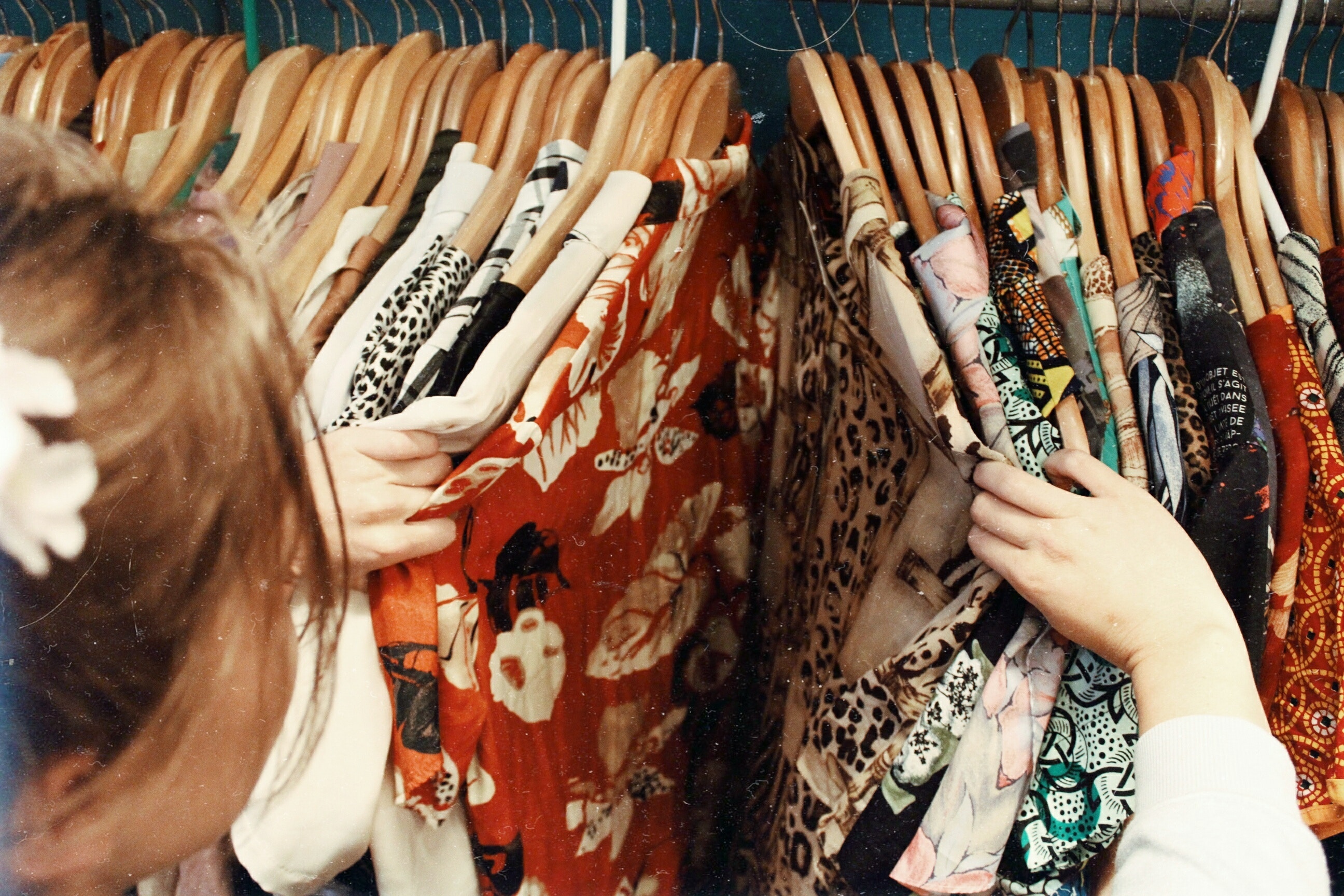
The market for second-hand clothing is expanding on a bricks-and-mortar retail level. Clothing swaps are gaining in popularity and visibility in China, especially in major cities such as Shanghai, and Beijing, some organizations between friends and others are hosted by charitable organizations and shared through social media.
We help you sell clothes in China

GMA helps builds brands from nothing in China and build long-term partnerships, we are your international team on the ground and only start making money when our clients get an ROI(Return On their Investment) and forge long-term growth in China. This is more rewarding.
We helped them to lift their awareness and reputation in the high-end market. They decided to opt for digital marketing solutions to raise their profile. GMA can help you to set up an online platform in China for selling your clothes. We are a professional in the Fashion industry. We helped multiple foreign brands to enter the Chinese market.




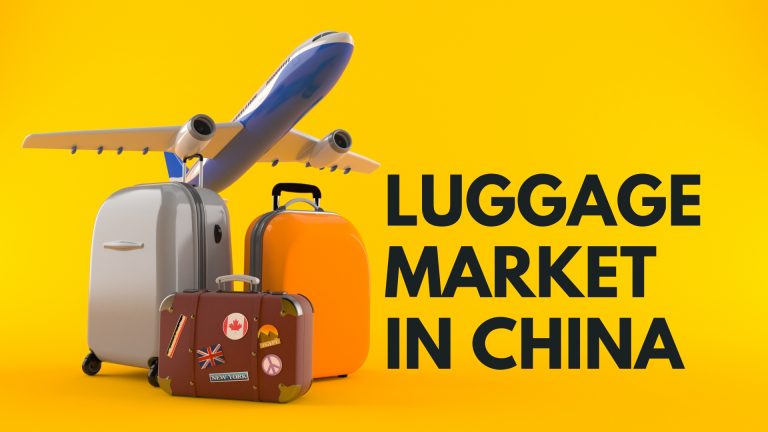
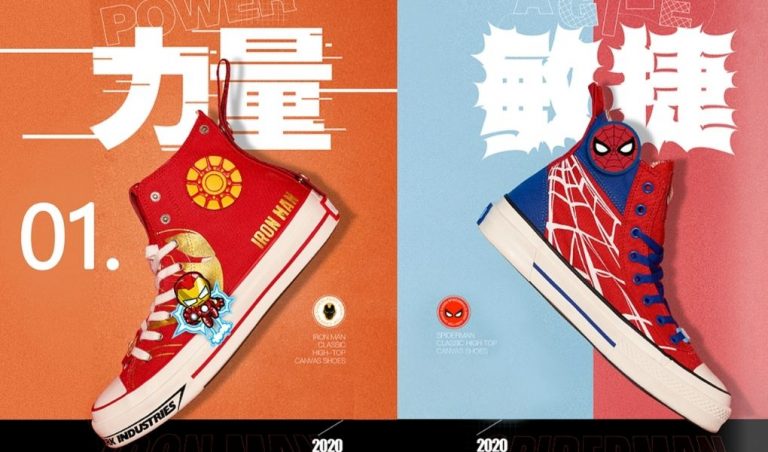


Dear Sir/Maim,
I am from Nadeem Motors.We import different products from different countries. I found your company by google search. We want to import second hand clothes, shoes & bags from your company.
I request you to contact me if you are interested to doing business with us.
Looking forward to hear from you soon.
Hello,
We use to be a apparel manufacturer, and now we are reselling Foreign Brands in China , online Distributors.
Give your contact here and we will contact you back
Happy Chinese pig Year
Hi Barbara Yu,
We would love to get in contact with you,
Thank you!
Hello Sara. You can send us an email to marketingtochina@gmail.com
Hi Barbara,
I am interesting to contact you. We are the factory to produce fashion T-shirt from Thailand (“Made in Thailand” Product). I am looking for importer or major distributor in China to expand the market.
I am looking to sell ladies European Silk clothes from a small boutique designer from Europe in China ……trevor
http://Www.christinesiffer.com
We are looking to sell European silk clothes into the China market place and need a partner company to do so
Hello 🙂
My name is Paris I am Australian. I started a Small capsule collection of footwear made in Venice Italy.. I would love to grow my business and sell in China 谢谢您!
Hey Barbara,
I am from India. Want to talk with you regarding premium clothes export . Please whats app
Dear Sir/Madam
We are a procurement agency based in South Africa and came got your contact from a website We have a 9 years experience in sourcing suppliers for our clients. Our client is requesting for an OA payment terms where the payment is Covered by an Export Credit Insurance, I will send you my client’s company information relevant in processing the Insurance credit line and let me know how long it take to have a credit limit approval from your under takers? We are looking forward for a long term business relationship with your company.
Thanks and Best Regards
Rich Lugudo,
Sourcing and Procurement Director
Envoys Procurements,